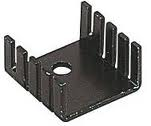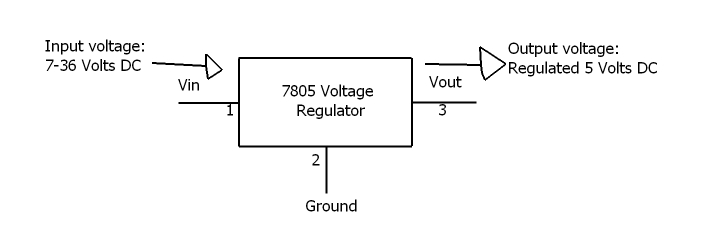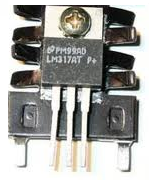Attaching Heat Sinks to Voltage Regulators

A heat sink should be attached to a voltage regulator in order to dissipate excess power that may enter into the regulator.
This prevents excess voltage from destroying and overheating the voltage regulator, since the heat sink dissipates the excess power off as heat.
Heat sinks are not always necessary with voltage regulators.
Voltage regulators work by taking in an input voltage and converting it down to its specified rated output voltage. If the input voltage is only 1-3 volts higher than its output voltage and stays steady at this value, there is only a little difference in voltage between input and output. Therefore, there is not much excess power that could overheat the regulator. For example, feeding 7.5 volts into a LM7805, which outputs 5 volts, will not overheat it, since there is only a 2.5-volt difference.
However, if the input voltage fed into a regulator is much higher than its output
voltage, the regulator should be attached to a heat sink. The difference between the input and output voltage appears as heat.
The greater the difference between the input and output voltage, the more heat is generated.
If too much heat is generated, through high input voltage, the regulator can overheat. If the regulator does not have a
heat sink to dissipate this heat, it can be destroyed and malfunction.

So the two options are, design your circuit so that
the input voltage going into the regulator is limited to 2-3 volts above the output regulated voltage or place a heat sink
in your circuit to dissipate the created heat.

Heat sinks come in many different shapes and sizes but they all have the characterisitic
that they're metallic so that they can dissipate heat and have a circular open where you
can place a nail through to adjoin the voltage regulator.
